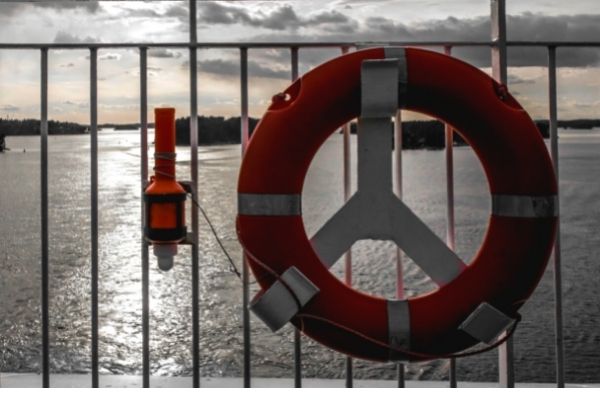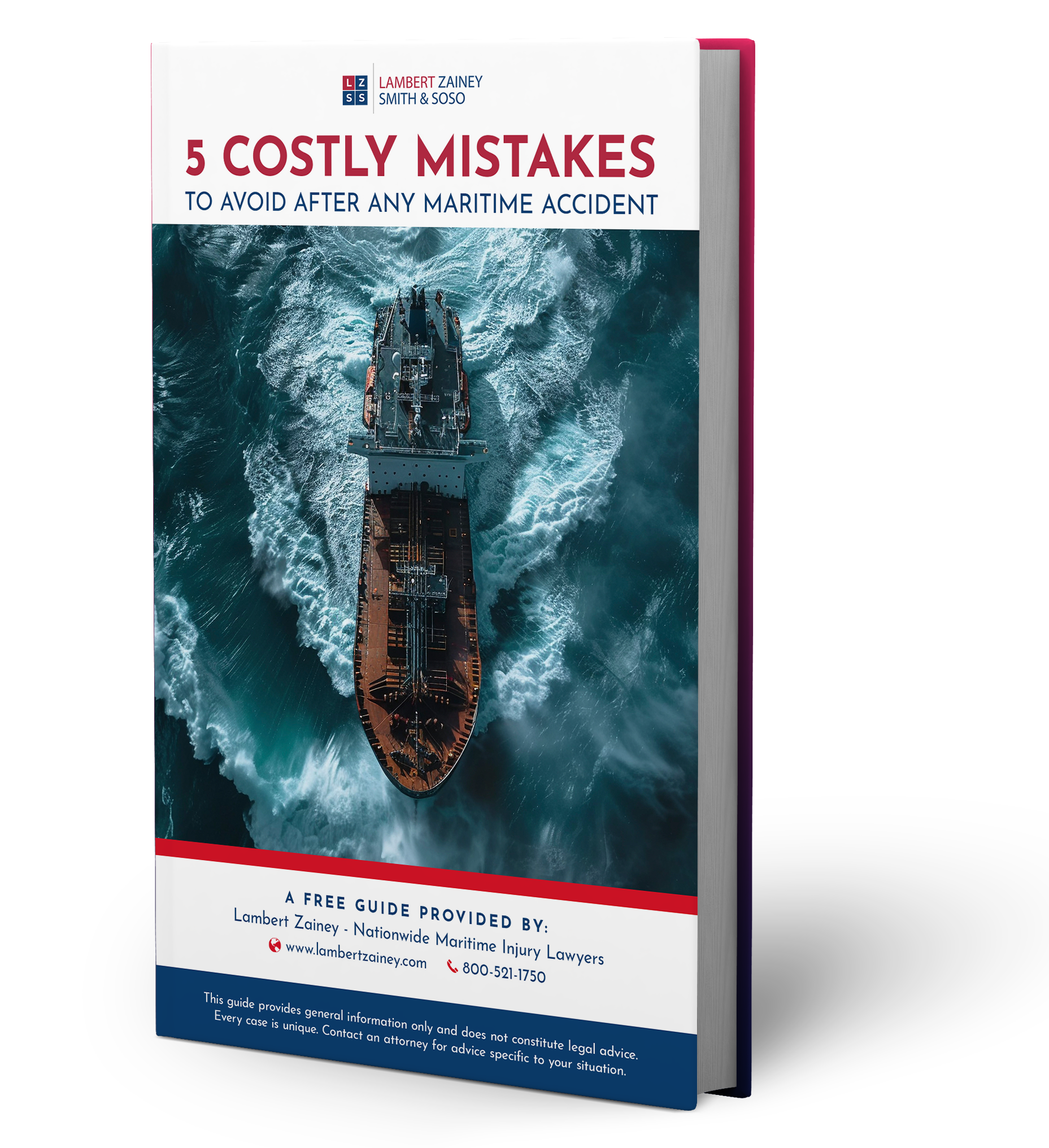Maritime workers face many on-the-job hazards; one of the most dreaded and dangerous is the possibility of falling overboard. Man overboard (MOB) accidents occur more frequently than you might think, and are a leading cause of marine injuries and fatalities, not only among maritime workers, but also passengers aboard cruise ships and ferries.

How Do Man Overboard Accidents Happen
A “man overboard” emergency can arise at any time, in any maritime work setting — the docks, a vessel in port, a vessel at sea, and particularly, on an offshore drilling rig. A person can fall overboard for a number of reasons, including:
Once a person’s fallen overboard, it’s important that they be rescued as soon as possible. The risks of drowning, hypothermia, exhaustion, and attacks by hostile marine life, as well as the chances of being lost at sea, increase the longer a person is in the water. Bone fractures, spinal injuries, brain injuries, and other trauma injuries can result if the person falls overboard onto a dock or other solid surface, or falls overboard as a result of a vessel running aground.
Immediate Action is Needed in a Man Overboard Emergency
To prevent tragedy, here are some of the actions that need to be taken immediately after a person has fallen overboard:
To reduce MOB incidents, maritime employers need to maintain a safe working environment, ensure workers have the proper training to respond to a MOB emergency, and specialized MOB rescue equipment is on hand.
Get Our FREE Guide to Protect Your Claim
What you do after an accident is critical. Insurance companies will try to get you to make mistakes that can hurt your claim. Our free guide can help you avoid these traps.
Download our complimentary guide: “5 Costly Mistakes to Avoid After Any Maritime Accident” to arm yourself with the knowledge you need to protect your rights.
Victim of a MOB Accident? Speak to the Lambert Firm
Were you injured in a MOB accident that resulted from unsafe conditions on the docks, aboard a vessel, or on an offshore drilling platform? Did a family member die as a result of a similar accident?
The Jones Act, DOSHA, and other maritime laws give you the right to seek compensation for the losses you’ve suffered as a result of a MOB accident. Lambert Zainey is here to protect your rights and fight to get you the total compensation you deserve for your damages.
Lambert Zainey has been protecting the rights of maritime workers all over the U.S. since the 1970s. Contact Lambert Zainey online or give us a call at 800-521-1750 to schedule a free, no-obligation initial consultation with one of our maritime attorneys to discuss your case.
Maritime workers face many on-the-job hazards; one of the most dreaded and dangerous is the possibility of falling overboard. Man overboard (MOB) accidents occur more frequently than you might think, and are a leading cause of marine injuries and fatalities, not only among maritime workers, but also passengers aboard cruise ships and ferries.

How Do Man Overboard Accidents Happen
A “man overboard” emergency can arise at any time, in any maritime work setting — the docks, a vessel in port, a vessel at sea, and particularly, on an offshore drilling rig. A person can fall overboard for a number of reasons, including:
Once a person’s fallen overboard, it’s important that they be rescued as soon as possible. The risks of drowning, hypothermia, exhaustion, and attacks by hostile marine life, as well as the chances of being lost at sea, increase the longer a person is in the water. Bone fractures, spinal injuries, brain injuries, and other trauma injuries can result if the person falls overboard onto a dock or other solid surface, or falls overboard as a result of a vessel running aground.
Immediate Action is Needed in a Man Overboard Emergency
To prevent tragedy, here are some of the actions that need to be taken immediately after a person has fallen overboard:
To reduce MOB incidents, maritime employers need to maintain a safe working environment, ensure workers have the proper training to respond to a MOB emergency, and specialized MOB rescue equipment is on hand.
Get Our FREE Guide to Protect Your Claim
What you do after an accident is critical. Insurance companies will try to get you to make mistakes that can hurt your claim. Our free guide can help you avoid these traps.
Download our complimentary guide: “5 Costly Mistakes to Avoid After Any Maritime Accident” to arm yourself with the knowledge you need to protect your rights.
Victim of a MOB Accident? Speak to the Lambert Firm
Were you injured in a MOB accident that resulted from unsafe conditions on the docks, aboard a vessel, or on an offshore drilling platform? Did a family member die as a result of a similar accident?
The Jones Act, DOSHA, and other maritime laws give you the right to seek compensation for the losses you’ve suffered as a result of a MOB accident. Lambert Zainey is here to protect your rights and fight to get you the total compensation you deserve for your damages.
Lambert Zainey has been protecting the rights of maritime workers all over the U.S. since the 1970s. Contact Lambert Zainey online or give us a call at 800-521-1750 to schedule a free, no-obligation initial consultation with one of our maritime attorneys to discuss your case.









